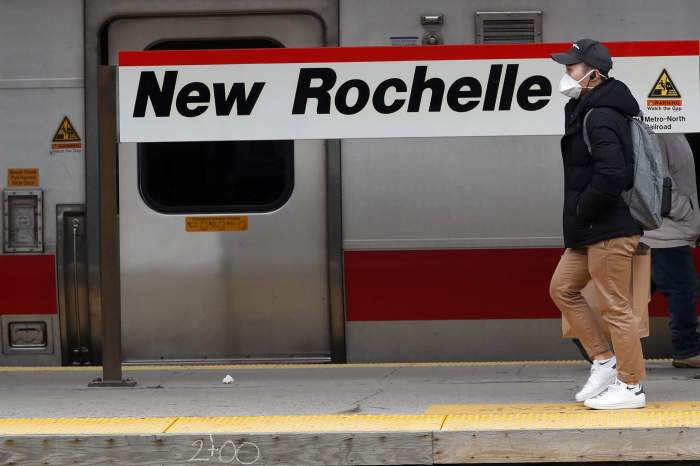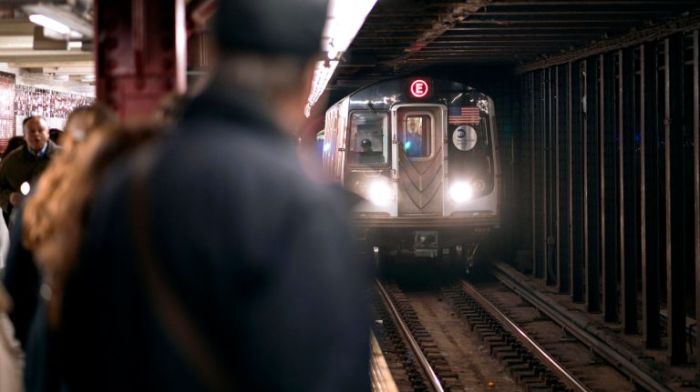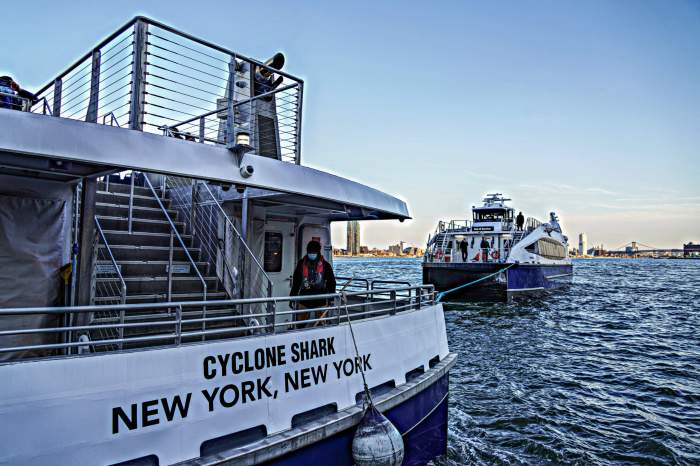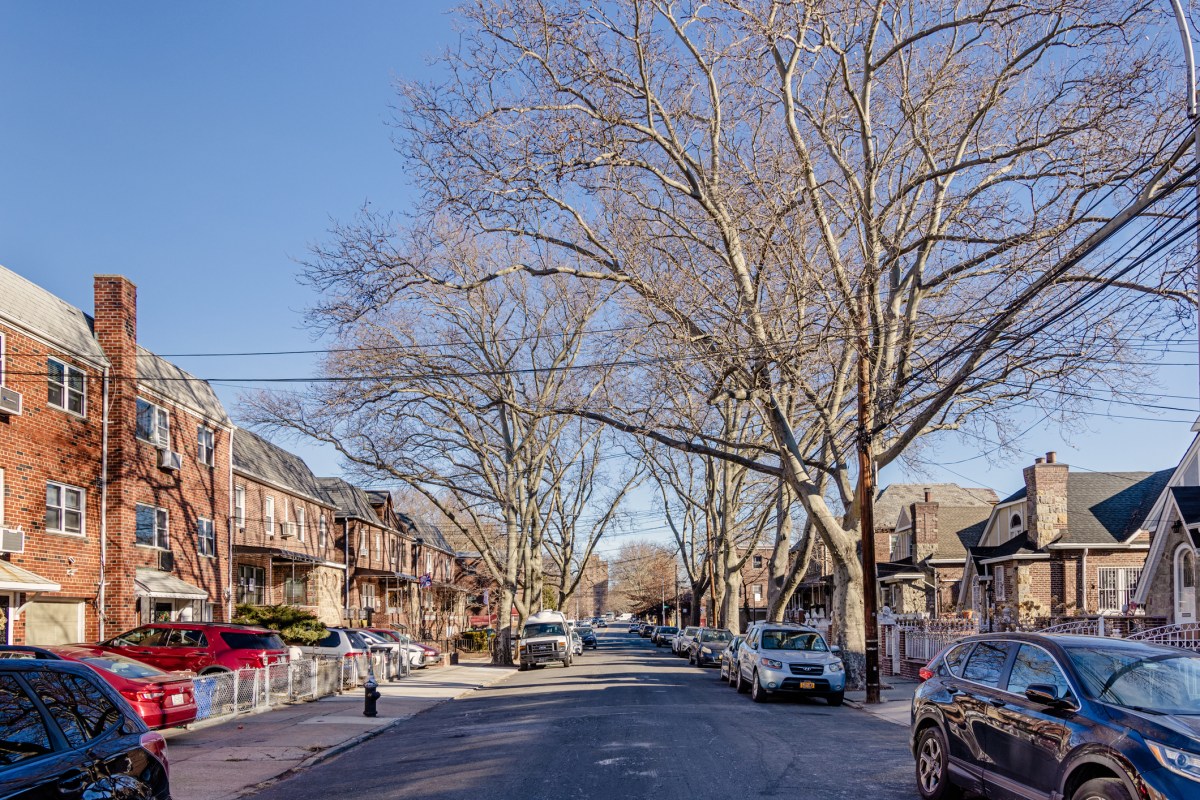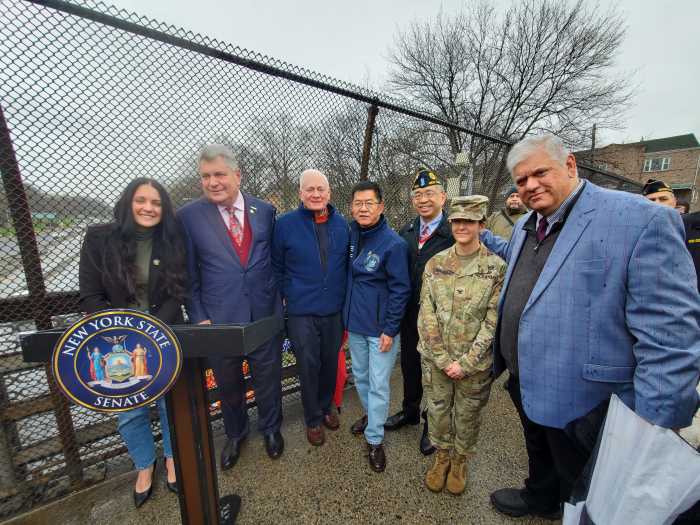Mayor Eric Adams announced a resolution Monday aiming to reduce the city’s vehicle fleet by at least 855 in an effort to reduce carbon emissions.
This reduction amounts to a 4% decrease and will focus on non-emergency vehicles and will reduce the city’s fleet to its size during the Bloomberg administration.
“We want to encourage New Yorkers to get out of their cars and use alternative forms of transportation — and the city must lead by example,” said Mayor Adams, during the April 25 press conference. “Today, we are both saving New Yorkers’ tax dollars and taking action to cut carbon emissions. By reducing the city’s car fleet through a targeted, data-driven approach, we can achieve our sustainability goals, while simultaneously exercising greater fiscal responsibility. Promises made, promises kept.”
The city’s fleet currently consists of 24,526 on-road vehicles. On-road vehicles include 9,579 (39.1 percent) emergency vehicles, 7,893 (32.2 percent) agency work trucks, 2,648 (10.8 percent) Sanitation trucks and sweepers, and 4,406 (18 percent) general use cars. The reduction will focus on general use cars and will not impact emergency vehicles or other specialized units that provide critical services to New Yorkers.
The reductions will amount to an expected 5.13 million fewer miles driven per year – representing a 2,072 metric ton reduction in carbon monoxide emissions.
“The fleet reduction announced today will make city government more efficient and effective, while continuing to deliver the critical services people need,” said New York City Department of Citywide Administrative Services (DCAS) Commissioner Dawn M. Pinnock. “Right-sizing the fleet and reducing the number of take-home vehicles will protect our environment, save money, and help make city government work for all New Yorkers.”
Reductions will be made based on vehicle usage data, which is tracked by the DCAS’s vehicle telematics system, which provides information on the entire fleet and how certain vehicles are being utilized. The fleet reduction will also assist in decreasing the vehicle acquisition budget by $13.7 million.
“DCAS is using fleet tracking data through our Fleet Office of Real Time Tracking to identify inefficient use or assignment of fleet units,” said DCAS Deputy Commissioner and New York City Chief Fleet Officer Keith Kerman. “Commuting will be authorized only where essential for emergency response, inspection, and field work within the five boroughs.”
The changes will be completed by Sept. 1, 2022 and the decommissioned vehicles will be removed from the fleet and auctioned off by Dec. 31, 2022.
The decision was applauded by many community and government leaders, praising Mayor Adams for prioritizing the city’s health and economy.
“We are encouraged by Mayor Adams downsizing the city’s fleet of cars while maintaining critical services that millions of New Yorkers depend on,” said Liam Blank, policy and communications manager, Tri-State Transportation Campaign. “We applaud the fleet reduction announced today, and we urge the city to continue exploring methods of taking cars off the road and incentivizing sustainable modes of transportation. This is a critical step in our ongoing mission to reduce traffic congestion, cut carbon emissions, and meet Vision Zero goals.”




